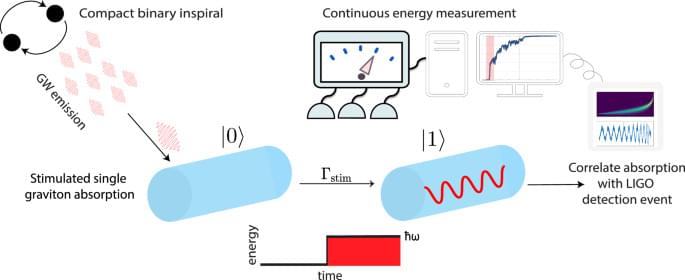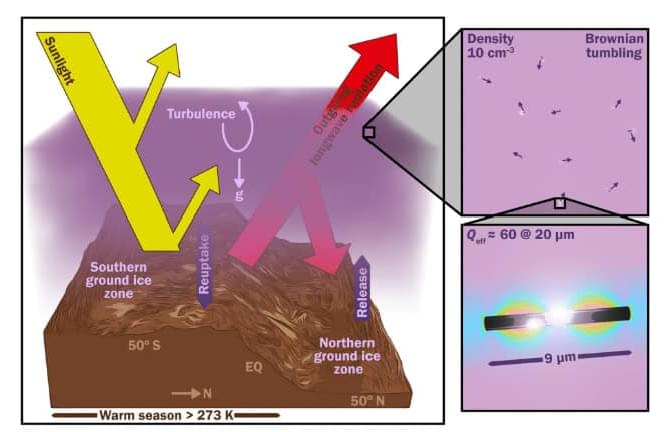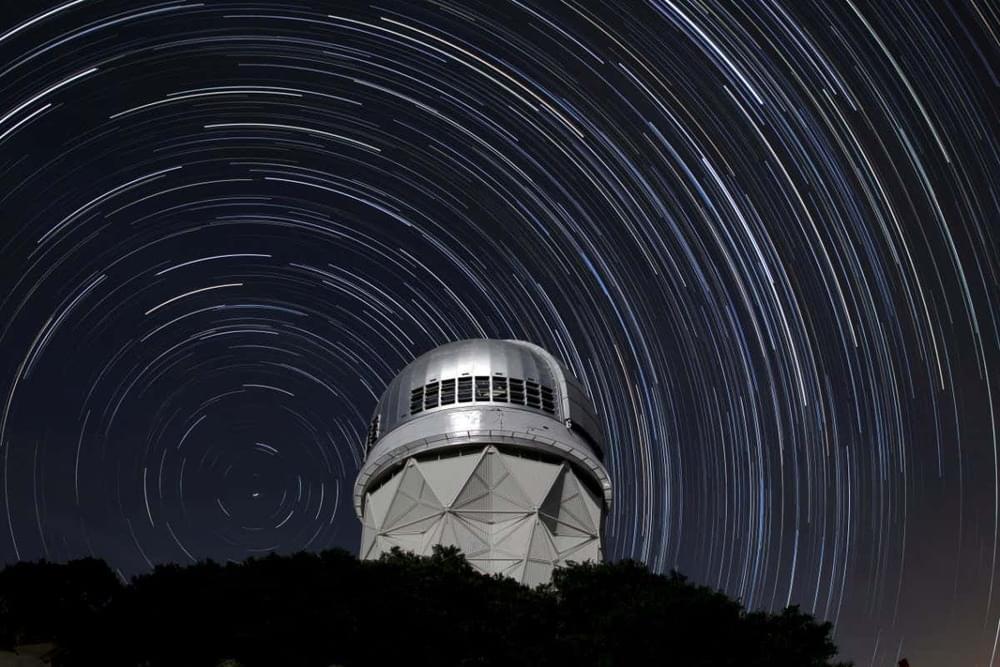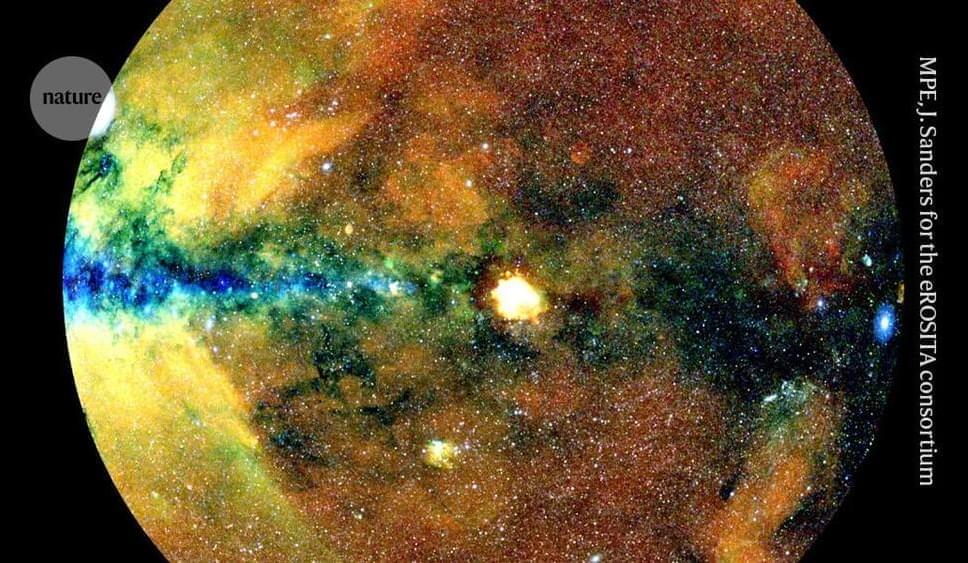A brief explanation of how superfluid dark matter can combine fluid dark matter and modified gravity.
For galaxy clusters and for the cosmic microwave background, dark matter matter is the better explanation. But to explain galactic rotation curves and other properties of galaxies, modified gravity is the better explanation.
Until now, physicists have taken an either-or approach. In this video I argue that the answer may be a combination of both. This idea may be realized through dark matter which forms a superfluid. In this case dark matter has two phases, a normally fluid phase and a superfluid phase. In the latter phase, it has no internal friction and appears like modified gravity.
Taken together, so I argue, this explains the existing data best.
Support me on Patreon:







